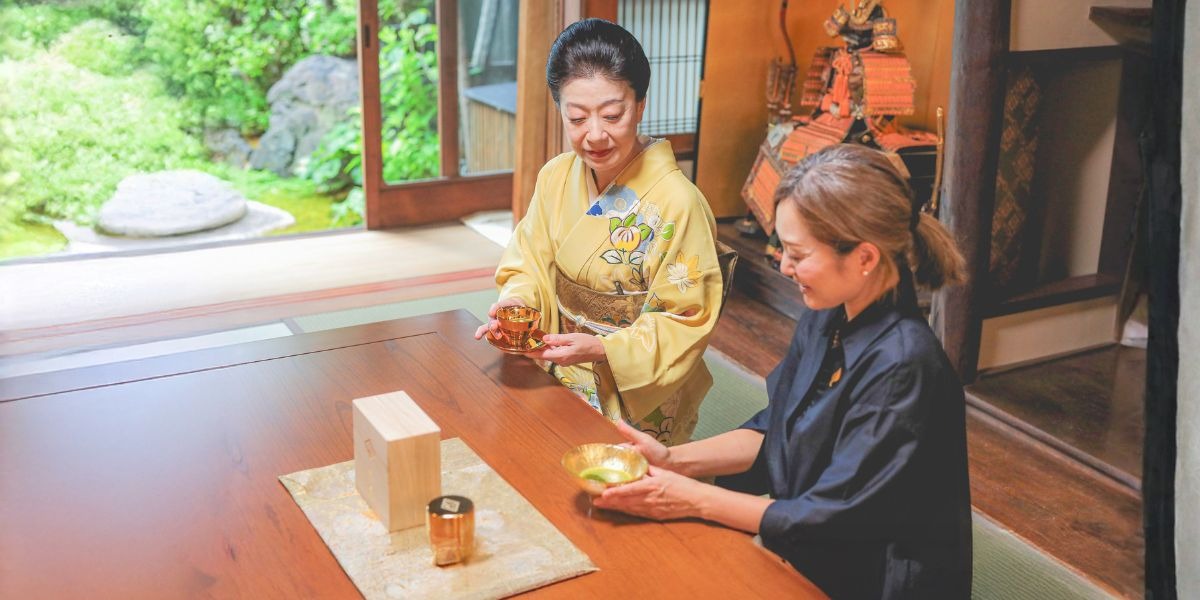newsletter
Your Daily News in Just 5 Minutes!
Featured
Featured
What Families Should Know About Stroke Recovery and COPD Care at Home
Some of the biggest challenges in senior care aren’t visible at first glance. Trouble chewing, avoiding conversation, shortness of breath at night these signs may seem minor, but they often signal something deeper.
Nov 26, 2025
NATIONWIDE - NOVEMBER 2025 - (USAnews.com) — For families, recognizing when daily life is no longer manageable is key to protecting long-term health and safety.
Two new articles offer insight into two of the most under-discussed, high-risk situations aging adults face at home: “Eating and Speaking After a Stroke: What No One Tells You” reveals why swallowing and speech issues are often overlooked and how ignoring them can lead to serious setbacks. “COPD and Lung Disease at Home: What Works and What Doesn’t” offers a no-nonsense breakdown of what actually helps seniors breathe better and avoid hospital readmissions.
What Eating and Speaking After a Stroke Really Looks Like
Recovery from a stroke goes beyond physical therapy and medication. For many seniors, one of the most difficult changes is the quietest struggling to swallow, speak clearly, or even eat with confidence. These issues can cause isolation, weight loss, and dangerous complications if left unaddressed.
Here’s what families need to look out for:
Swallowing Problems Can Be Hidden
Not all stroke survivors choke or cough. Some silently aspirate food or liquids into their lungs without noticing. Over time, this increases the risk of pneumonia or malnutrition.
Speech Isn’t Just About Words
Aphasia and dysarthria can make it difficult to form words, follow conversations, or even answer yes-or-no questions. Without support, seniors may withdraw or be mistakenly seen as confused or uncooperative.
Help Is Available But Often Delayed
Speech and swallowing therapy can dramatically improve quality of life, but many families don’t know to ask. Advocating for these services early can prevent long-term damage.
Caregiver Awareness Is Crucial
Knowing the signs like pocketing food in the cheek, long pauses between bites, or avoiding meals can help families intervene before problems escalate.
Stroke recovery isn’t just physical. Supporting safe eating and communication helps protect health and restore dignity.
COPD and Lung Disease at Home: What Actually Works
Living with chronic lung disease is exhausting and often confusing. Many seniors try to manage symptoms at home, but inconsistent care, poor air quality, or medication issues can lead to dangerous flare-ups. The good news? Some strategies work. Others don’t.
Here’s what families need to know:
Oxygen Is Not One-Size-Fits-All
More oxygen isn’t always better. Misusing oxygen tanks or not following flow rate guidelines can cause more harm than good. Every plan must be tailored to the patient.
Inhalers Need Daily Checks
It’s easy to assume medications are being taken correctly but many seniors misuse inhalers or run out without realizing. Reviewing technique and keeping a clear refill schedule makes a major difference.
Air Quality Inside the Home Matters
Dust, mold, and even scented cleaning products can trigger breathing problems. Investing in proper ventilation and avoiding irritants is often more effective than adding medications.
Emergency Plans Can’t Wait
Too many families wait until a crisis to act. Having a clear plan including when to call the doctor or go to the ER can prevent panic and reduce hospitalizations.
COPD management is possible at home but only with structure, education, and early action.
Final Thoughts
The most dangerous health challenges for seniors often begin quietly. A subtle cough. A dropped fork. A skipped inhaler dose. These small moments can spiral into life-threatening complications when families don’t know what to watch for.
By understanding what stroke recovery and lung disease management truly involve, families can create safer, more supportive environments and prevent setbacks before they start.
Read the Full Articles Here:
Eating and Speaking After a Stroke: What No One Tells You – Trans4mind
https://trans4mind.com/counterpoint/index-health-fitness/eating-speaking-after-stroke-what-no-one-tells-you.html
COPD and Lung Disease at Home: What Works and What Doesn’t – Health Sew
https://healthsew.com/copd-and-lung-disease-at-home-what-works-what-doesnt/
Media Contact:
Carlos Pinto
PR Director
Help to Love
pintocarlos@helptolove.com
USA News Contributor
This article features partner, contributor, or branded content from a third party. Members of the USA News’ editorial staff were not involved in the creation of this content. All views and opinions are those of the contributor alone.
This article features partner, contributor, or branded content from a third party. Members of the USA News’ editorial staff were not involved in the creation of this content. All views and opinions are those of the contributor alone.
This article features partner, contributor, or branded content from a third party. Members of the USA News’ editorial staff were not involved in the creation of this content. All views and opinions are those of the contributor alone.
This article features partner, contributor, or branded content from a third party. Members of the USA News’ editorial staff were not involved in the creation of this content. All views and opinions are those of the contributor alone.
Related blogs
Related blogs
Copyright 2025 USA NEWS all rights reserved
newsletter
Get daily news directly in your inbox!
Copyright 2025 USA NEWS all rights reserved
newsletter
Get daily news directly in your inbox!
Copyright 2025 USA NEWS all rights reserved
Copyright 2025 USA NEWS all rights reserved














